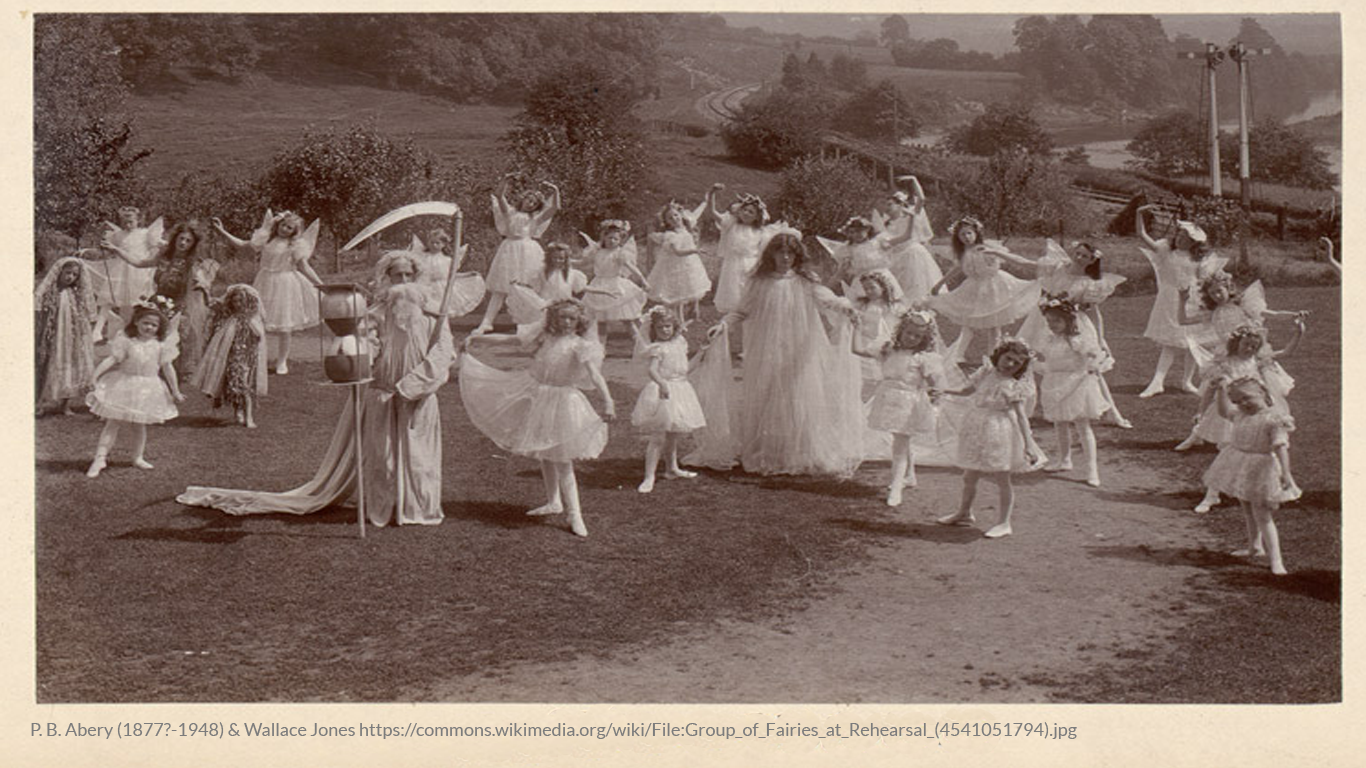Oberon Titania And Puck With Fairies Dancing (1786)
- William Blake Oberon Titania And Puck With Fairies Dancing 1786
- What Does Puck Tell Oberon About Titania
Lucy Crane, The Baby’s Bouquet: A Fresh Bunch of Old Rhymes and Tunes. Illustrated by Walter Crane. London: George Routledge & Sons 1878 (Cotsen 21153).
- Oberon, Titania and Puck with Fairies Dancing, c.1786 by William Blake By: Brittany Schiff. During the Elizabethan Era, there was a relatively large presence of the supernatural in the form of fairies, magic, and folklore embedded into their culture and society.
- This dreamlike watercolour by the poet and painter William Blake depicts Oberon, Titania and Puck from A Midsummer Night’s Dream with a train of dancing fairies in a woodland setting. The fairies dance in a ring, evocative of the traditional English folk dances associated with midsummer and May Day festivities.
Oberon, Titania and Puck with Fairies Dancing. Tate Gallery, London. A Midsummer Night’s Dream in Paintings.Southern Sinfonia, 16. Afterwards, Oberon, Titania, Puck, and other fairies enter, and bless the house and its occupants with good fortune. After all the other characters leave, Puck 'restores amends' and suggests that what the audience experienced might just be a dream.
Identifying the fairy in this famous illustration isn’t hard. This next example isn’t difficult either…
The fairy Cri-Cri. Fairy Tales, Consisting of Seven Delightful Stories. London: T. Hughes, 1829. (Cotsen 33142).
Don’t be too quick to say there aren’t any fairies in this lovely drawing by William Blake….
Oberon, Titania and Puck with Fairies Dancing c.1786 William Blake 1757-1827 Presented by Alfred A. de Pass in memory of his wife Ethel 1910 http://www.tate.org.uk/art/work/N02686

Did Blake forget to draw the wings on the dancing fairies???? That’s a good question to which I don’t have a definitive answer. But I think probably not, because eighteenth-century illustrations of fairies rarely have them (I confess I have not done a survey of illustrated editions of Pope’s Rape of the Lock).
Here is the plate illustrating “Peau d’ane” in an edition of Perrault’s Contes from 1798. The girl with the donkey’s skin thrown over the blue dress must be the heroine, so the fairy has to be the lady in the rose gown with the billowing yellow scarf sitting in a cloud. When goddesses appear to mortals, they frequently descend in clouds–but fairies? Yes, they can, to quote Rose Fyleman..
“Peau d’ane,” in Charles Perrault, Contes des fees. Paris: Chez Devaux, 1798 (Cotsen 60006).
William Blake Oberon Titania And Puck With Fairies Dancing 1786
Of course fairies can disguise themselves to test mortals. In Perrault’s “La fee,” the girl sent to the well by her cruel stepmother to draw water for the family pauses to give the poor old woman a drink, when she ought to hurry back home with the full pitcher. The reader can’t tell from this picture what the fairy looks like when she is not undercover as an old woman. Nor does she reveal her true self later in the tale.
What Does Puck Tell Oberon About Titania
“The Fairy,” Charles Perrault, Histories, or Tales of Passed Times. Third edition, corrected. London: R. Montagu, and J. Pote at Eton, 1742 (Cotsen 25143).
Incidentally, this copy was owned by a Mary Fearman in the 1740s. She tried to protect her property from the light-fingered by writing a book curse on the rear endpaper…
The last item in this identification guide is one of my favorite books in Cotsen. The frontispiece seems to be a very early picture of tiny wingless fairies dancing in a ring before their king and queen, who are the size of human beings. The fairies are all wearing brimmed hats with steeple crowns–the kind of hat that witches wear. Or Mother Goose…
d’Aulnoy, Mme. History of the Tales of the Fairies, newly done from the French. London: Eben. Tracy, 1716 (Cotsen 25203).
This translation of a selection of Mme d’Aulnoy’s fairy tales seems to have been someone’s prize possession, perhaps the George Jones who wrote his name in the back of the book. George (or someone else) tried to copy a portion of the frontispiece on its blank side.

He also left traces at the very end of the book. The drawing on the top might be his take on a scene in Mme d’ Aulnoy”s “The Blue Bird.”
Cotsen 25203
Why did the appearance of fairies change so drastically over time? Was it the influence of Victorian ballet and theatre productions, where fairies had gauzy wings attached to the shoulders of their costumes? Perhaps some enterprising fairy tale scholar will concentrate on exploring the history of fairy wings…